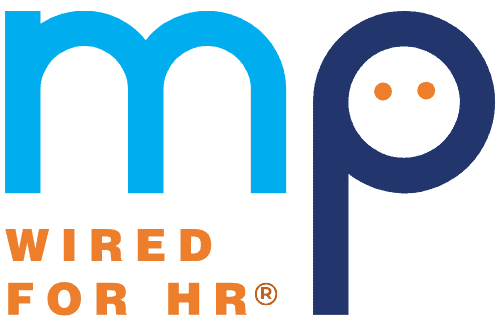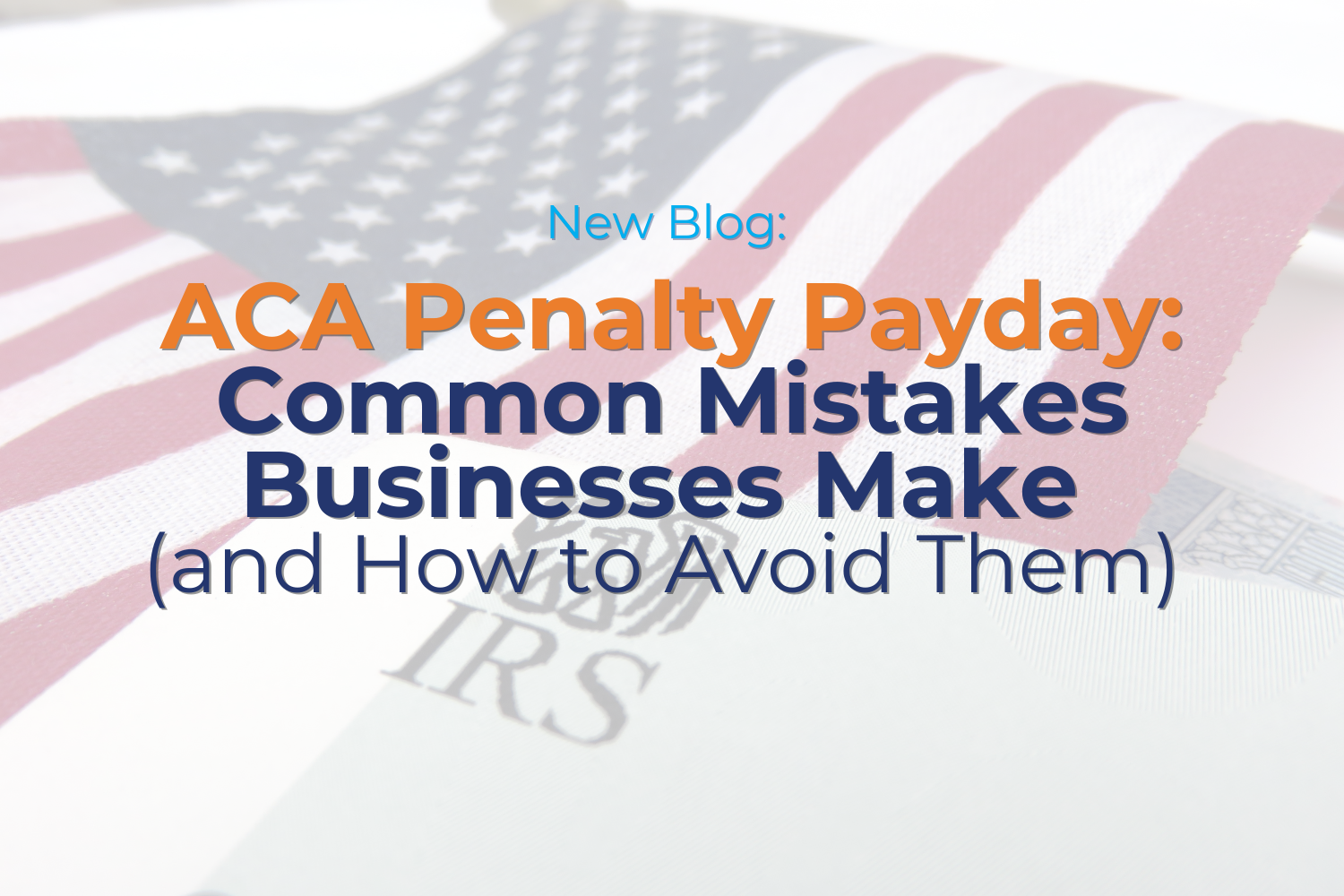ACA Reporting: Changes and Updates for 2020

Though some employers wondered if ACA reporting would even be required this year amidst the chaos the pandemic created for HR and payroll departments, the ACA reporting requirements are still in place—with a few changes. MP’s HR services shares what you need to know for your 2020 ACA filing.
4 ACA Reporting Updates:
- The Supreme Court hearing: The case against the ACA, declaring it unconstitutional and seeking to have it overturned, is still ongoing. There was a hearing last November and the Supreme Court is now exploring a few questions:
- Is the individual mandate, requiring people to purchase health insurance, unconstitutional? Is it unconstitutional after the tax penalty has been removed?
- Should the whole ACA be struck down, or just the individual mandate?
With the Biden-Harris administration, the likely outcome of this case has been changed radically. Since Biden was in office when Obama’s administration created the ACA, he’s been vocal in his stance to uphold the ACA. If anything, employers might want to be ready for the ACA to be expanded under the Biden-Harris administration.
- The marketplace rates have stabilized: After the pandemic, when so few people actually used their healthcare to its full extent (or sometimes at all), rates have been affected. While they usually rise, in 2020 they stabilized. This is a bit of good news for workers and employers amid a difficult year.
- ACA reporting requirements are unchanged: As mentioned above, even though some employers wondered if they’d get off the hook this year for ACA reporting, it will still be required. HR consulting experts like MP’s suggest that employers handle this process as soon as possible. (Note that MP clients can use our payroll software and HR services to make this process infinitely easier and faster.)
- The majority of 226J Letters have gone out: The majority of letters from the IRS about potential 2016/2017 ACA Employer Shared Responsibility Payment liabilities have gone out to employers who they estimate are out of compliance. Employers should respond to those letters promptly and accurately in the window of time required by the letter. MP’s HR experts suggest that employers respond to those notices prior to simply paying the penalties required. Our team has worked with hundreds of companies before on 226J letters. Often, these penalties can be reduced or completely dismissed if responded to promptly and with appropriate supporting documentation.
2 Changes to ACA Reporting
- Due dates have been pushed back: Though ACA reporting is still required this year, employers have gotten some grace in the form of later due dates. These are the new due dates:
- Form 10-95-B: Originally due one Jan 31st, but now due on or before March 2nd, 2021
- Form 1095-C: Originally due Jan 31st, but now due on or before March 2nd, 2021
- Form 1094-B and 1094-C: Due dates remained unchanged. Form 1094-B due March 31st, 2021. Form 1094-C due March 1st, 2021 if filing on paper, due March 31st, 2021 if filing electronically.
- New Codes for Individual Coverage Health Reimbursement Arrangement (ICHRA): ICHRA plans are a relatively new alternative to offering group health insurance plans. Their main draw is that they offer some flexibility for employees, so they can choose the plan that meets their specific needs the best. Of course, ICHRAs will require new codes on ACA reporting. These are the new codes for ICHRAs:
- 1L: This code is used to denote that an ICHRA is offered to the employee and that it was affordable based on the primary residence zip code. Employers should use this code when an ICHRA is offered to the employee only (no spouse or dependent(s)), with affordability being determined by using the employee’s primary residence location zip code.
- 1M: This code is used to denote that an ICHRA is offered to the employee and their dependent(s) (though not the spouse). It was affordable based on the primary residence zip code of the employee.
- 1N: This code is used to denote that an ICHRA is offered to the employee and their dependent(s), and their spouse. It was affordable based on the employee’s primary residence zip code.
- 1O: This code is used to denote that an ICHRA is offered to the employee (though not the spouse or dependent(s)) and that it was affordable based on the employee’s primary employment site zip code.
- 1P: This code is used to denote that an ICHRA is offered to the employee and their dependent(s). It was affordable based on the employee’s primary employment site zip code.
- 1Q: This code is used to denote that an ICHRA is offered to the employee and their spouse and dependent(s). It was affordable based on the employee’s primary employment site zip code.
- 1R: This code is used to denote that an ICHRA is offered to the employee, spouse, and dependent(s). It was deemed unaffordable.
- 1S: This code is used to denote that an ICHRA is offered to a non-full-time employee.
Recent Posts
- Top Ways to Leverage Technology for Workforce Planning
- Workforce Planning 101: Your Guide to an Effective Strategy
- The Impact of Workforce Planning: By the Numbers
- Mastering the Art of Delegation at Work
- The Do’s and Don’ts of Managing in Today’s Workplace
Categories
- ACA (10)
- AI (5)
- BizFeed (6)
- Business Strategy (119)
- COBRA (5)
- Compliance (167)
- COVID-19 (92)
- Diversity (12)
- eBooks (19)
- Employee Engagement (33)
- Employee Handbooks (24)
- ERTC (29)
- FFCRA (7)
- HR (306)
- MP Insider (13)
- Payroll (87)
- PFML (9)
- PPP (24)
- PTO (5)
- Recruiting (53)
- Remote Work (39)
- Return to Work (32)
- Unemployment (1)
- Wellness (22)
Archives
- October 2024
- September 2024
- August 2024
- July 2024
- June 2024
- May 2024
- April 2024
- March 2024
- February 2024
- January 2024
- December 2023
- November 2023
- October 2023
- July 2023
- June 2023
- May 2023
- April 2023
- March 2023
- January 2023
- December 2022
- October 2022
- September 2022
- August 2022
- July 2022
- June 2022
- May 2022
- April 2022
- March 2022
- February 2022
- January 2022
- December 2021
- November 2021
- October 2021
- September 2021
- August 2021
- July 2021
- June 2021
- May 2021
- April 2021
- March 2021
- February 2021
- January 2021
- December 2020
- November 2020
- October 2020
- September 2020
- August 2020
- July 2020
- June 2020
- May 2020
- April 2020
- March 2020



